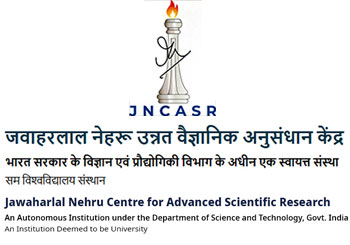बैकबोन गैर-सहसंयोजक अंतःक्रियाएं जो पॉलीप्रोलाइन II संरूपण को स्थिर करती हैं
यह पृष्ठ हिंदी में उपलब्ध नहीं है, कृपया अंग्रेजी में पढ़ने के लिए नीचे दिये गए लिंक पर क्लिक करें।
Backbone Noncovalent Interactions that Stabilize Polyproline II Conformation
- पिछले पृष्ठ पर वापस जाएं
- |
-
पृष्ठ अंतिम बार अद्यतन तिथि:29-05-2025 04:32 PM






















